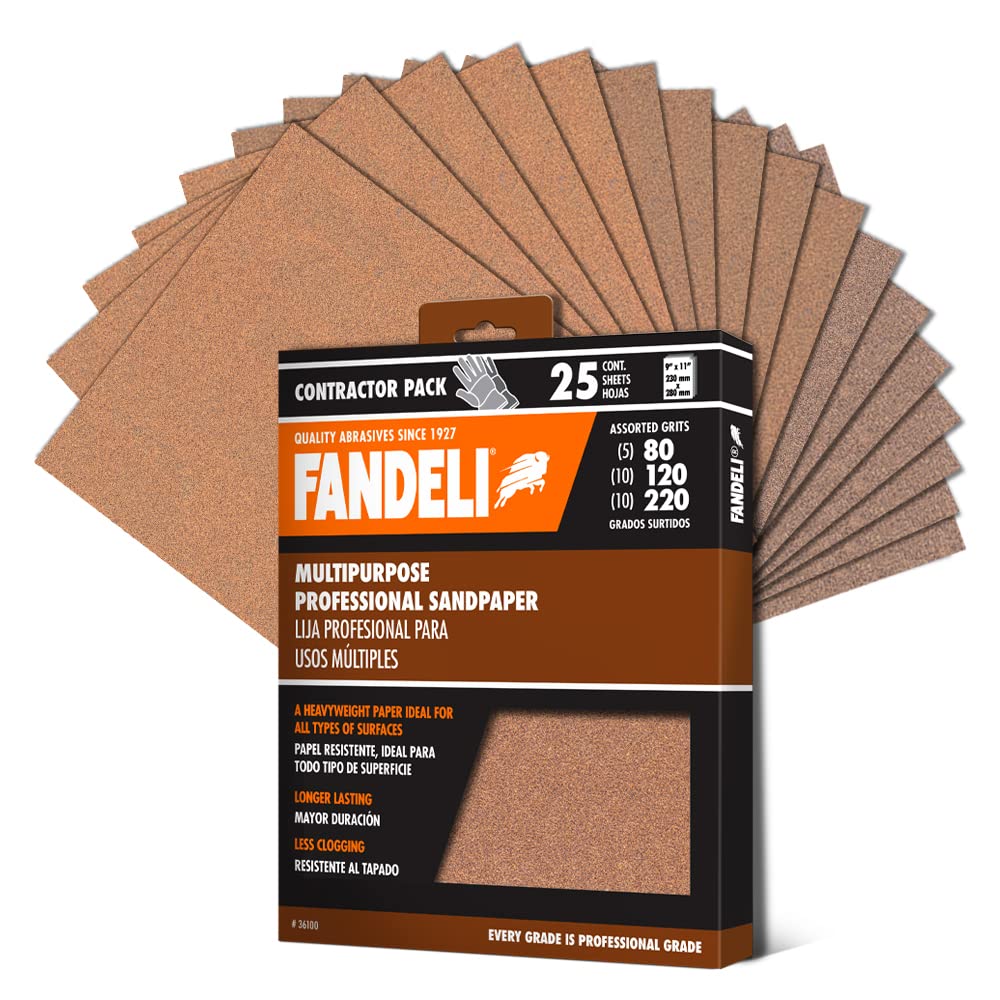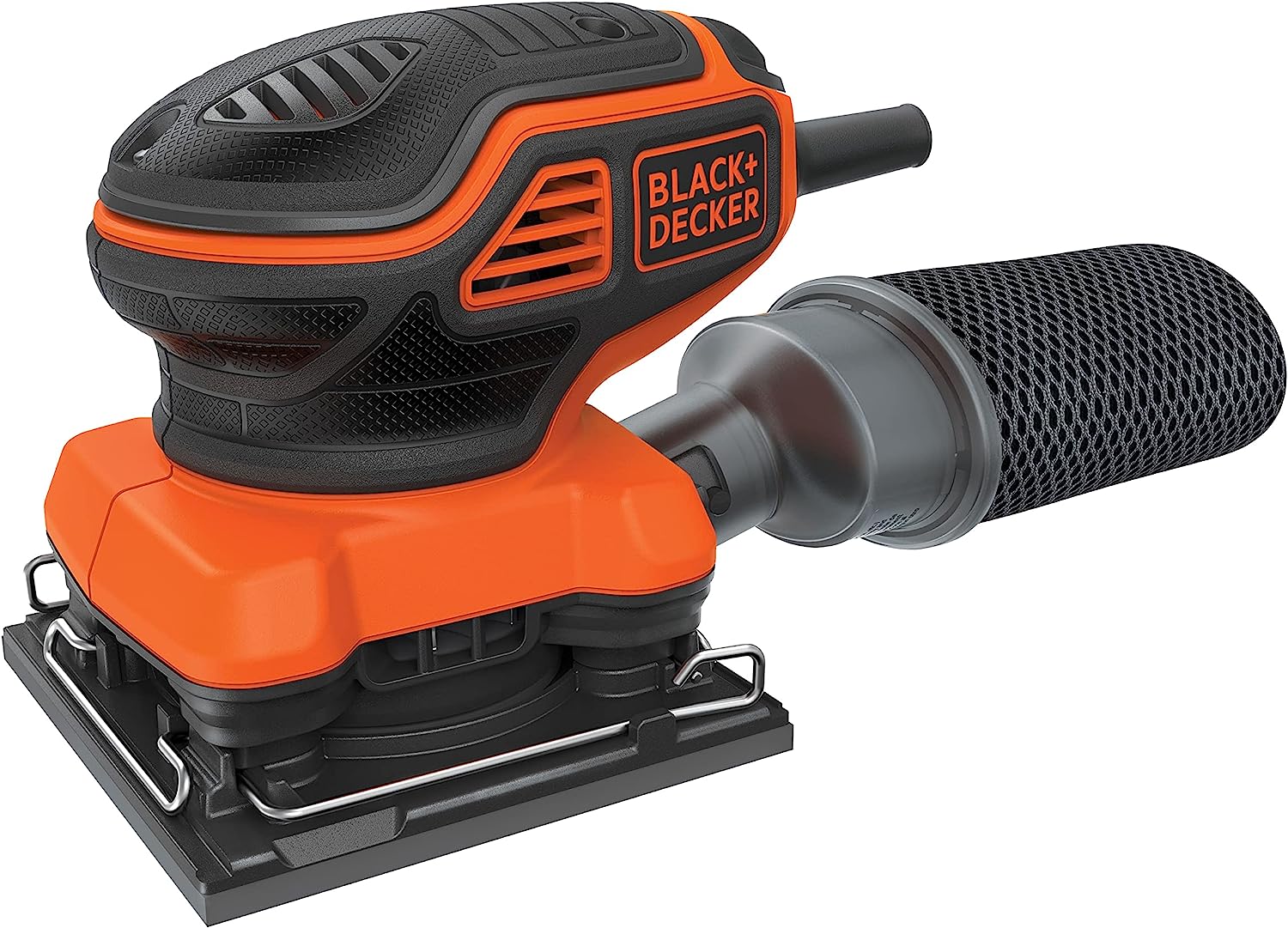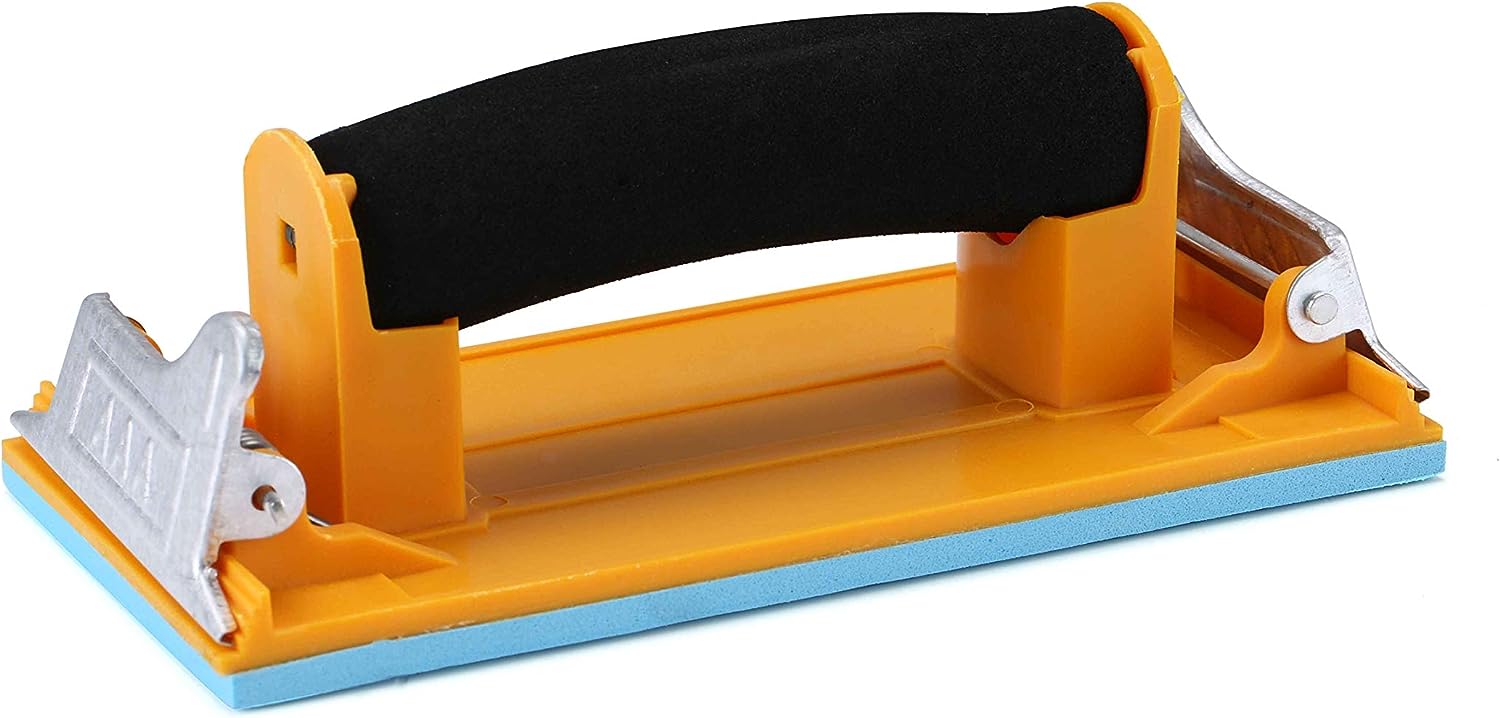Hand Sanding vs. Machine Sanding: Best Sandpaper for Each
Sanding is an essential step in many woodworking, metalworking, and DIY projects. It helps to smooth surfaces, remove imperfections, and prepare them for painting or finishing. When it comes to sanding, there are two main methods: hand sanding and machine sanding. Both have their advantages and disadvantages, and choosing the right sandpaper for each method is crucial for achieving the desired results. In this article, we will explore the differences between hand sanding and machine sanding and discuss the best types of sandpaper for each technique.
Hand Sanding
Hand sanding is a traditional method that involves manually rubbing sandpaper against the surface to be sanded. It offers more control and precision compared to machine sanding, making it ideal for small or delicate projects. Hand sanding allows you to feel the surface and adjust the pressure accordingly, ensuring a smooth and even finish.
When it comes to choosing sandpaper for hand sanding, there are several factors to consider:
Grit Size
Grit size refers to the coarseness or fineness of the sandpaper. It determines how much material the sandpaper can remove and how smooth the surface will be. For hand sanding, it is recommended to start with a coarser grit and gradually move to finer grits for a smoother finish. Common grit sizes for hand sanding range from 40 to 220.
Sandpaper Type
There are various types of sandpaper available for hand sanding, including:
- Abrasive Paper: Also known as sandpaper, it is made of abrasive particles bonded to a paper backing.
- Emery Paper: It is similar to sandpaper but uses emery instead of abrasive particles.
- Garnet Sandpaper: Made with natural garnet minerals, it is commonly used for wood sanding.
Each type of sandpaper has its own advantages and is suitable for different materials and applications. For example, garnet sandpaper is ideal for wood sanding, while emery paper is better suited for metal surfaces.
Sanding Blocks
Using a sanding block can greatly improve the effectiveness and efficiency of hand sanding. A sanding block provides a flat and even surface for the sandpaper, allowing for more consistent sanding. It also helps to distribute the pressure evenly, preventing uneven sanding marks.
Machine Sanding
Machine sanding, as the name suggests, involves using power tools such as orbital sanders, belt sanders, or drum sanders to sand surfaces. It is faster and more efficient than hand sanding, making it suitable for larger projects or when time is a constraint. Machine sanding is also less tiring, as the power tool does most of the work.
The Best Sandpaper for Wood

Fandeli Multi-Purpose Sanding Paper

BLACK+DECKER 2.0 Amp Electric 1/4 Sheet Orbit Sander

Aouker HS85180 Hand Sander
When it comes to choosing sandpaper for machine sanding, the following factors should be considered:
Grit Size
Just like hand sanding, the grit size is an important consideration for machine sanding. However, since machine sanding is more aggressive, it is recommended to start with a finer grit to avoid removing too much material too quickly. Common grit sizes for machine sanding range from 60 to 400.
Sandpaper Type
There are several types of sandpaper available for machine sanding, including:
- Aluminum Oxide Sandpaper: It is durable and versatile, making it suitable for a wide range of materials.
- Silicon Carbide Sandpaper: It is harder and sharper than aluminum oxide sandpaper, making it ideal for sanding harder materials such as metal or glass.
- Wet Dry Sandpaper: It can be used with water or oil, making it suitable for both wet and dry sanding applications.
The choice of sandpaper type depends on the material being sanded and the desired finish. For example, aluminum oxide sandpaper is commonly used for general purpose sanding, while silicon carbide sandpaper is preferred for sanding metal or glass.
Backing Type
Machine sanding often requires sandpaper with a specific backing type to fit the power tool being used. Common backing types include:
- Sandpaper Sheets: These are large sheets of sandpaper that can be cut to size and used with various power tools.
- Sandpaper Rolls: They are long rolls of sandpaper that can be cut to the desired length and used with belt sanders or drum sanders.
- Sandpaper Discs: These are circular discs of sandpaper that can be attached to orbital sanders or disc sanders.
Choosing the right backing type ensures compatibility with the power tool and allows for efficient sanding.
Conclusion
Hand sanding and machine sanding are two different techniques with their own advantages and disadvantages. Hand sanding offers more control and precision, making it suitable for small or delicate projects. Machine sanding, on the other hand, is faster and more efficient, making it ideal for larger projects or when time is a constraint.
When it comes to choosing sandpaper, the grit size, sandpaper type, and backing type are important considerations for both hand sanding and machine sanding. For hand sanding, starting with a coarser grit and gradually moving to finer grits is recommended. Sandpaper types such as abrasive paper, emery paper, and garnet sandpaper are commonly used for hand sanding.
For machine sanding, starting with a finer grit is recommended to avoid removing too much material too quickly. Sandpaper types such as aluminum oxide sandpaper, silicon carbide sandpaper, and wet dry sandpaper are commonly used for machine sanding. Choosing the right backing type ensures compatibility with the power tool being used.
By understanding the differences between hand sanding and machine sanding and choosing the right sandpaper for each technique, you can achieve the desired results and make your sanding projects more efficient and effective.



















